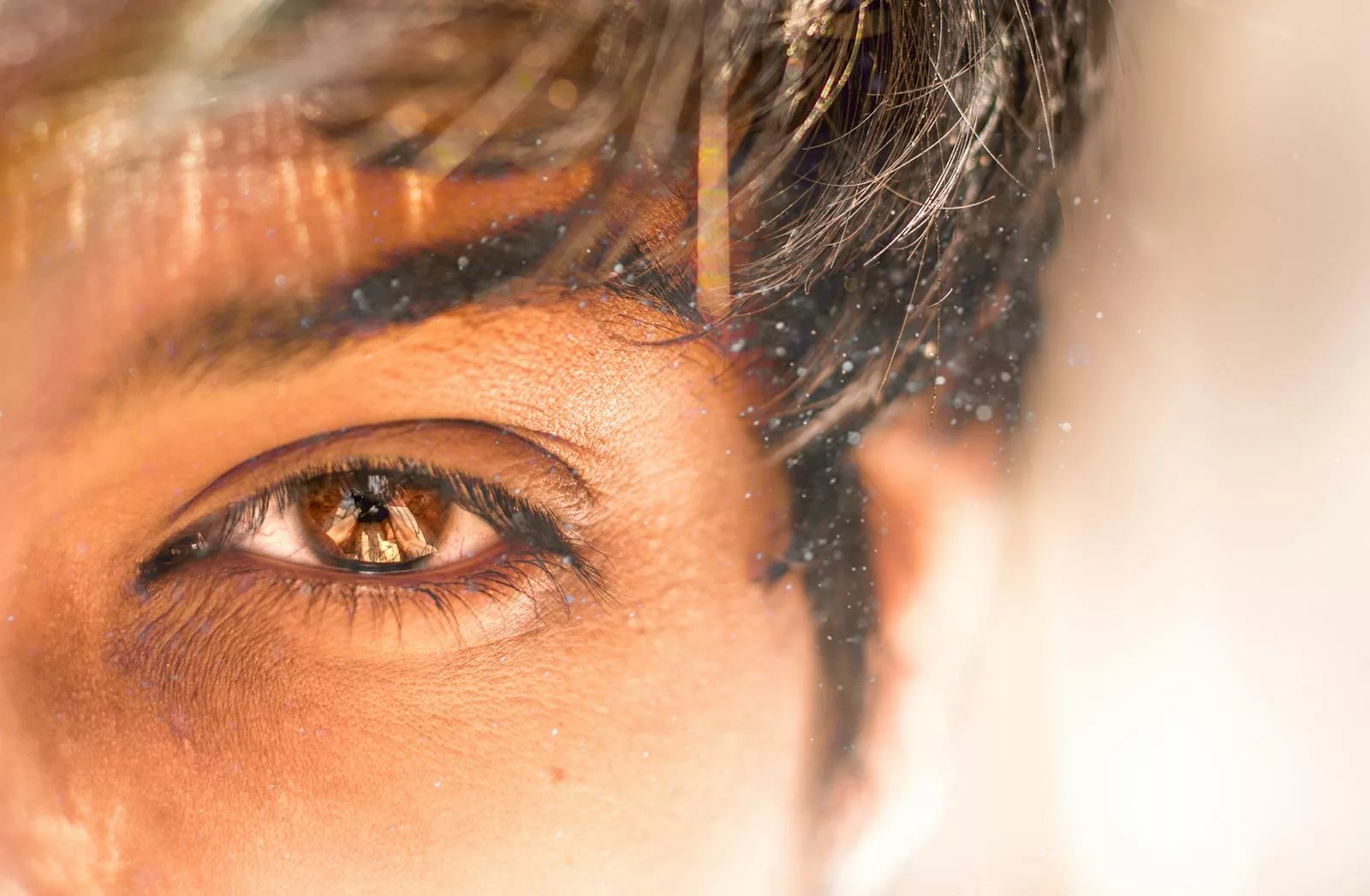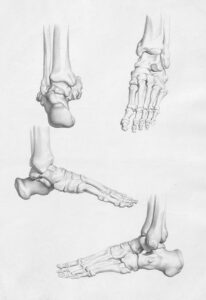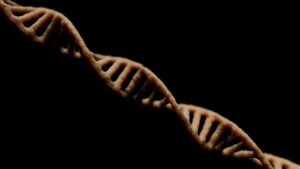Everywhere you go, you leave behind an invisible signature: your microbial cloud. This unique blend of bacteria, viruses, and other microorganisms emanates from your body and mingles with the environment, forming an identifiable microbial fingerprint. While we often think of fingerprints or DNA as the ultimate markers of identity, emerging research suggests that your microbial cloud is just as distinctive—and perhaps even more dynamic.
The concept of a microbial cloud reshapes how we think about personal identity, health, and the interconnectedness of all living things. From forensics to personalized medicine, understanding the microbial cloud has far-reaching implications. In this article, we’ll explore what the microbial cloud is, how it forms, its role in health and disease, and the groundbreaking research that sheds light on this invisible but impactful phenomenon.
What Is the Microbial Cloud?
1. Defining the Microbial Cloud
The microbial cloud refers to the invisible halo of microorganisms that surrounds each individual. It consists of bacteria, fungi, viruses, and other microbes that are continually shed from the body through skin, breath, sweat, and other bodily processes. These microorganisms interact with the environment, creating a unique microbial signature that lingers long after a person has left a space.
Research has shown that people can be identified by their microbial cloud alone, as its composition is highly individual. Factors such as genetics, diet, lifestyle, and environment all influence the makeup of this microbial aura, making it a dynamic reflection of who you are.
2. How the Microbial Cloud Forms
The human body is home to trillions of microorganisms, collectively known as the microbiome. These microbes are found on the skin, in the gut, in the respiratory tract, and in other areas of the body. As you move through the world, these microorganisms are constantly shed into your surroundings.
For example, skin cells flake off and carry bacteria with them, while breathing releases microbes from the respiratory tract into the air. Even the objects you touch become part of this microbial exchange, as your unique microbial signature transfers to surfaces and blends with the environment. This continuous shedding and interaction form the basis of your microbial cloud.
The Microbial Cloud and Personal Identity
1. A Unique Microbial Signature
Just as no two people have identical fingerprints, no two microbial clouds are the same. Studies have demonstrated that individuals can be identified with remarkable accuracy based on their microbial emissions alone. This uniqueness arises from the interplay of factors like diet, hygiene habits, geographic location, and even the people and pets you interact with.
For instance, vegetarians tend to have a different microbial composition than meat-eaters, and frequent travelers may carry microbial traces from diverse environments. This personalized microbial cloud not only reflects your current lifestyle but also serves as a historical record of your interactions and experiences.
2. Forensic Applications
The distinctiveness of microbial clouds has exciting implications for forensic science. In the future, crime scene investigations may analyze microbial evidence left behind to identify suspects or reconstruct movements. Unlike fingerprints, which require direct contact with a surface, microbial clouds permeate the air and can persist even in the absence of physical interaction.
By studying the microbial traces left in a room or on an object, scientists could potentially determine who was present, how long they stayed, and whether multiple individuals interacted. This non-invasive form of identification could revolutionize forensic techniques and expand the toolkit for solving crimes.
The Microbial Cloud and Health
1. A Window into Your Health
Your microbial cloud is not just a marker of identity; it also provides valuable insights into your health. The composition of your microbiome reflects the state of your immune system, metabolism, and overall well-being. For example, changes in the microbial cloud can indicate the presence of illness or infection, making it a potential diagnostic tool.
In hospital settings, monitoring the microbial cloud could help detect infections early or prevent the spread of harmful pathogens. By understanding how microbial emissions change in response to disease, researchers can develop innovative approaches to health monitoring and personalized medicine.
2. The Role of the Microbial Cloud in Disease Transmission
The microbial cloud also plays a role in the spread of infectious diseases. Pathogens shed from an infected individual become part of their microbial emissions, increasing the risk of transmission to others. This understanding has significant implications for public health, particularly in crowded or enclosed spaces where microbial clouds overlap and interact.
During the COVID-19 pandemic, awareness of airborne particles and respiratory droplets highlighted the importance of understanding microbial emissions. Ongoing research into the microbial cloud could inform strategies to reduce disease transmission, such as improving ventilation systems or developing materials that inhibit microbial survival on surfaces.
The Environmental Impact of Microbial Clouds
1. Shaping Indoor Environments
Microbial clouds significantly influence the microbial ecosystems of indoor spaces. Every time you enter a room, you contribute to its microbial diversity by shedding microorganisms. Over time, this process creates a unique microbial fingerprint for each environment, shaped by the people, pets, and activities within it.
For example, homes with pets often have distinct microbial profiles compared to pet-free households, while workplaces with high foot traffic exhibit more diverse microbial communities. Understanding these patterns can help architects, interior designers, and public health experts create healthier indoor environments.
2. Microbial Interactions with the Natural World
The microbial cloud is not confined to human spaces; it also interacts with natural ecosystems. Microbes shed into the environment can influence soil health, plant growth, and the microbial diversity of surrounding organisms. This interplay highlights the interconnectedness of life and the role humans play in shaping microbial ecosystems.
For instance, hikers leaving behind microbial traces in pristine wilderness areas can inadvertently alter the local microbial community. These subtle changes underscore the importance of studying microbial clouds to understand their broader ecological impact.
Groundbreaking Research on the Microbial Cloud
1. Key Studies and Findings
In a landmark study published in 2015, researchers demonstrated that individuals could be identified based on the unique composition of their microbial cloud. The study found that air samples collected around participants contained microbial signatures distinct enough to differentiate between individuals, even in shared spaces.
Subsequent research has expanded on these findings, exploring how factors like diet, lifestyle, and location shape microbial clouds. Advances in sequencing technology have enabled scientists to analyze microbial communities with unprecedented precision, revealing the complexity and variability of microbial emissions.
2. Emerging Applications
Emerging applications of microbial cloud research span fields from medicine to architecture. For example, hospitals could use microbial profiling to monitor patient health or identify sources of hospital-acquired infections. Similarly, smart buildings could incorporate microbial sensors to track indoor air quality and optimize ventilation systems.
As our understanding of microbial clouds grows, the possibilities for harnessing this knowledge in practical and transformative ways continue to expand.
Implications and Future Directions
1. Redefining Personal Identity
The concept of the microbial cloud challenges traditional notions of identity by highlighting the dynamic, interconnected nature of life. Your microbial emissions are not only a reflection of who you are but also a product of your environment and interactions. This perspective invites us to think about identity as a constantly evolving process shaped by both internal and external factors.
2. Ethical and Privacy Considerations
As microbial profiling technologies advance, ethical questions about privacy and consent arise. Who owns the microbial data you leave behind, and how should it be used? These questions are particularly relevant in forensic applications, where microbial evidence could be used to identify individuals without their knowledge or consent.
Addressing these concerns will require thoughtful policies and guidelines to balance the potential benefits of microbial cloud research with the need to protect individual rights.
3. Expanding the Frontiers of Science
The study of microbial clouds represents a frontier in microbiology, offering new insights into the complexity of life and its interactions with the environment. By unraveling the mysteries of microbial emissions, scientists can better understand the invisible forces that shape health, ecosystems, and human experience.
Conclusion
The microbial cloud is a fascinating and invisible aspect of life that reveals the profound interconnectedness of humans and their environment. By shedding microorganisms everywhere we go, we leave a unique microbial fingerprint that reflects our identity, health, and lifestyle. This emerging field of research has the potential to transform medicine, forensics, and environmental science, offering new tools for understanding and improving the world around us.
As we continue to explore the microbial cloud, we gain not only a deeper appreciation for the hidden complexities of life but also new opportunities to harness this knowledge for the benefit of society. Whether shaping healthier spaces or unlocking the secrets of human microbiomes, the microbial cloud is a testament to the intricate and dynamic nature of the unseen world around us.




